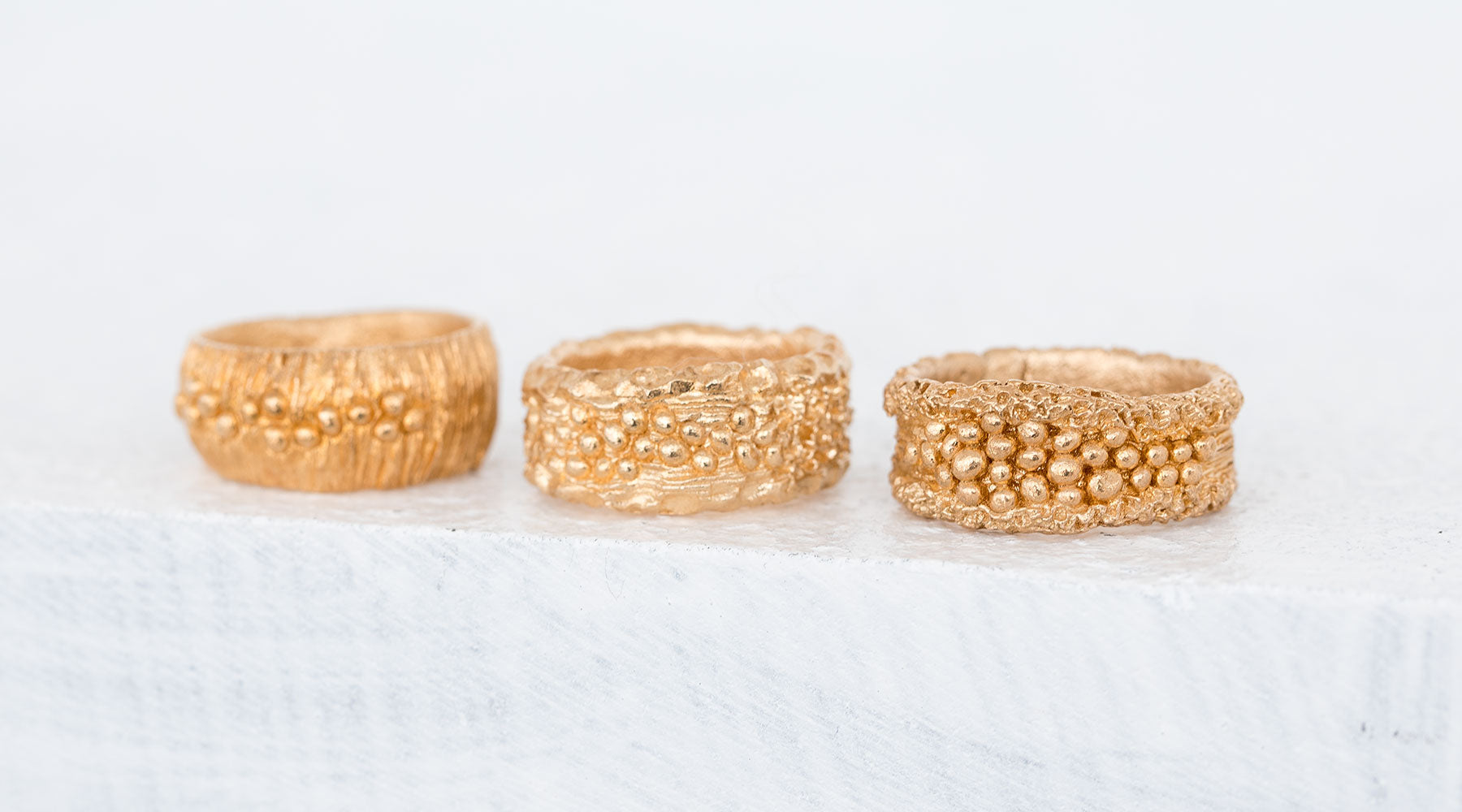
Sage tea from fresh leaves - 3 good reasons to drink it
You either love or hate sage, there is hardly a middle ground. I love sage and not only because of its beautifully structured leaves, with which I make my sage leaf jewelry.
Sage tea made from fresh leaves is a wonderful home remedy
Sage has wonderful ingredients that are particularly beneficial to us during the autumn season, but in truth, a cup of sage tea can be enjoyed all year round and supports our health.
Sage has so many positive properties that I will only list a few of them here. Sage has antibacterial and antiviral properties - two properties that are particularly useful during flu season. In addition, sage also has anti-inflammatory and disinfectant properties - this can play a positive role in terms of our dental health. Sage also aids digestion and relieves cramps - a property that we can certainly use after too much good food.
The leaves of the sage are rich in essential oils and also contain many great bitter substances. The sage leaf can be processed into a wide variety of products. Starting with an essential oil that you can use for rubbing or for fragrance lamps, or as a gargle solution for a sore throat.
But of course you can also make a great tea from the sage leaf.
The essential oils cineole and camphene have a germicidal and thus disinfectant effect, making sage tea made from fresh leaves the perfect remedy for combating the mucus that comes with a cough. Sage tea also works wonders for sore throats, and for particularly stubborn pain, the tea can not only be drunk, but also used for gargling.
If you are prone to bleeding gums and inflammation in the area of your gums, then sage will provide you with relief and stop this bleeding through its astringent effect.
If you are prone to cold sores, you can dab them with some sage tea several times a day.
Preparing sage tea from fresh leaves
The classic reason why we like to drink sage tea is for a sore throat or tonsillitis. If you feel the first signs of a cold and have a slight scratchy throat, then reach for sage tea and with a bit of luck you will be completely fit again the next day.
Of course, you can buy your sage leaf tea in a health food store or pharmacy, but it tastes much better when freshly prepared. If you are lucky enough to have a sage bush in your garden or on your balcony, you can make your own sage tea quickly and easily.
You only need about 3 to 5 sage leaves; you can vary the number depending on the size of the leaves.
Wash the leaves carefully and then tear them roughly into not-too-small pieces. Put these in a large cup or, if you want to make a larger amount of sage tea, use a teapot.
Then you pour hot water over the leaves and let the tea steep for between 5 and 10 minutes. Sage leaves contain a lot of tannins; the longer you let your tea steep, the more tannins you wash out and the more intense, i.e. bitter, your sage tea will taste.
After the brewing time, you fish the leaves out of your tea and can now enjoy the sage tea sip by sip.

If sage leaf tea doesn’t suit your taste, try a Sage leaf ring on your finger or with a pair of sage earrings or a sage pendant , because it can become your good companion and also protect you against a cold.
In addition, you will also find a recipe for sage butter on my blog. This does not taste as bitter as sage tea and goes perfectly with many different dishes.























